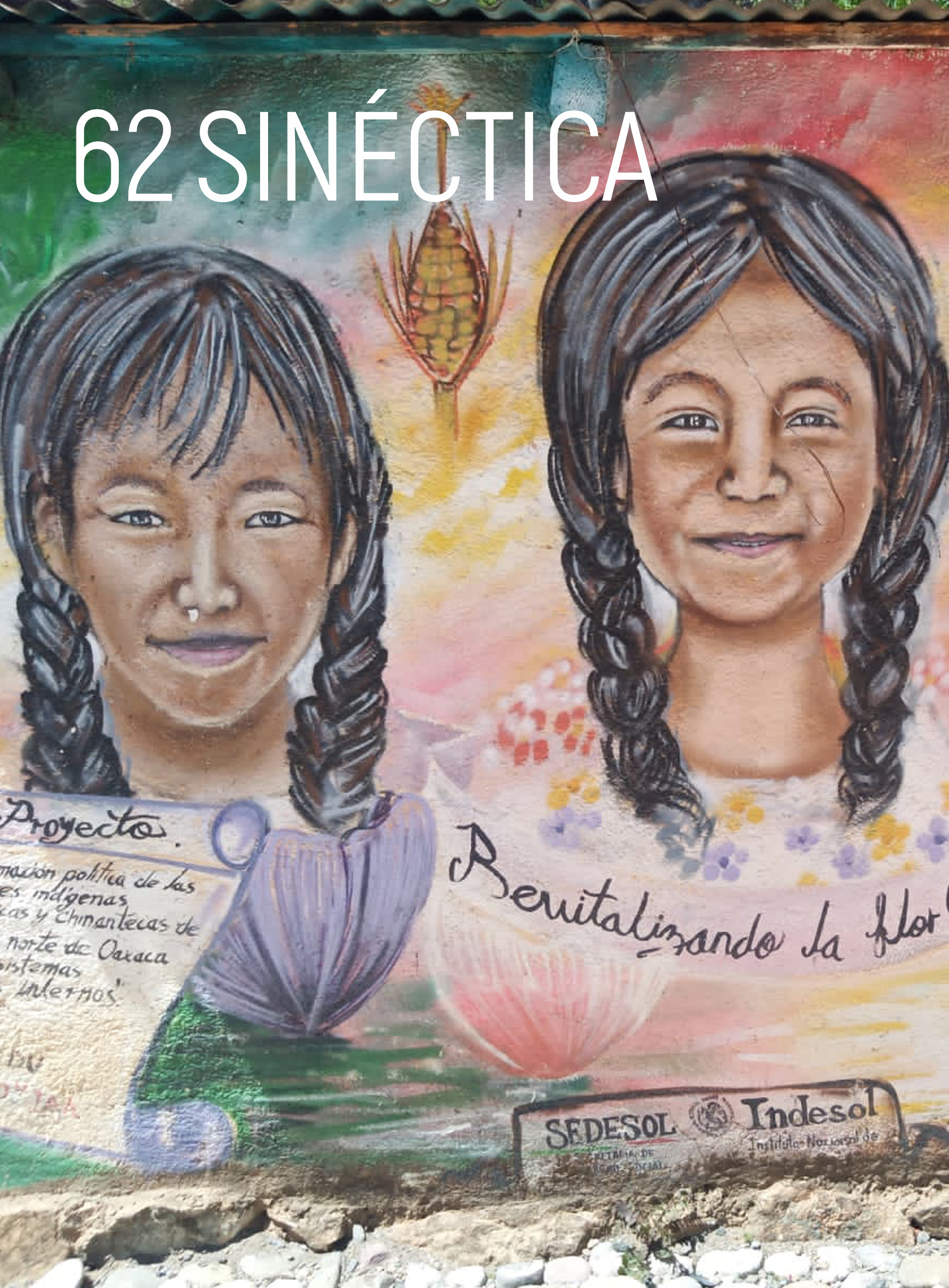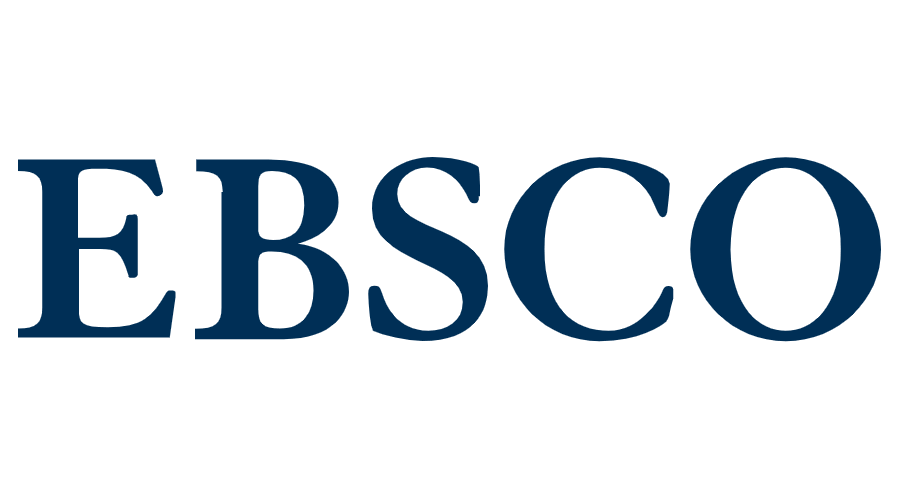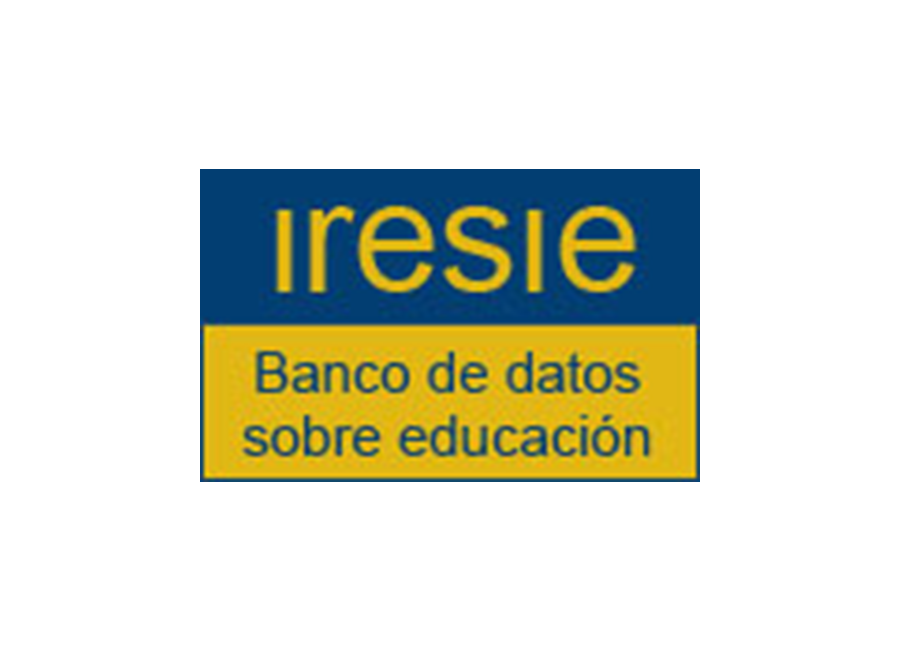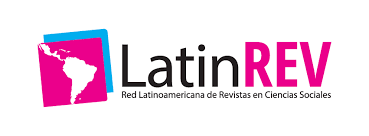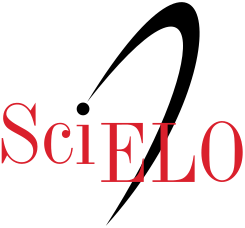DECISÕES EM REUNIÕES DA ACADEMIA: O CASO DE UM PROFESSOR DE MATEMÁTICA
DOI:
https://doi.org/10.31391/S2007-7033(2024)0063-012Resumo
Com base nos conceitos de competência e experiência de significado da teoria das Comunidades de Prática, analisa-se o processo de tomada de decisão de um professor universitário de matemática que, em reuniões da academia, propõe a implementação de uma nova estratégia de ensino. A metodologia foi qualitativa, na forma de um estudo de caso. Os resultados indicam que esse processo é influenciado pela inter-relação entre as reflexões cotidianas do professor e as demandas de sua instituição de ensino. Conclui-se que as diferentes práticas das quais os professores participam em seu trabalho profissional contribuem para suas decisões.
Downloads
Referências
Bishop, A. J. (1976). Decision-making, the intervening variable. Educational Studies in Mathematics, vol. 7, núm. 1–2, pp. 41–47. https://doi.org/10.1007/bf00144357
Bohl, J. V. y Van Zoest, L. R. (2003). The value of Wenger’s concepts of modes of participation and regimes of accountability in understanding teacher learning. En N. A. Pateman, B. J. Dougherty, y J. T. Zilliox (eds.). Proceedings of the 27th Conference of the International Group for the Psychology of Mathematics Education held jointly with the 25th Conference of PME-NA (pp. 339–346). Center for Research and Development Group.
Borko, H., Roberts, S. A. y Shavelson, R. (2008). Teachers’ decision making from Alan J. Bishop to today. En P. Clarkson y N. Presmeg (eds.). Critical Issues in Mathematics Education (pp. 37–67). Springer. https://doi.org/10.1007/978-0-387-09673-5_4
Chevallard, Y. (2006). Steps towards a new epistemology in mathematics education. En M. Bosch (ed.). Proceedings of the 4th Conference of the European Society for Research in Mathematics Education (pp. 21–30). Universidad Ramon Llull. http://erme.site/wp-content/uploads/2021/06/CERME4_2_Plenaries.pdf
Chevallard, Y. (1999). L’analyse des pratiques enseignantes en théorie anthropologique du didactique. Recherches en Didactique des Mathématiques, vol. 19, núm. 2, pp. 221–266. https://revue-rdm.com/1999/l-analyse-des-pratiques/
Cohen, L., Manion, L. y Morrison, K. (2007). Research methods in education. Routledge.
Contu, A. y Willmot, H. (2006). Studying practice: situating talking about machines. Organization Studies, vol. 27, núm. 12, pp. 1769–1782. https://doi.org/10.1177/0170840606071895
D’Eon, M., Overgaard, V. y Rutledge, H. S. (2000). Teaching as a social practice: Implications for faculty development. Advances in Health Sciences Education, vol. 5, núm. 2, pp. 151–162. http://doi.org/10.1023/A:1009898031033
Engeström, Y. (2001). Making expansive decisions: An activity-theoretical study of practitioners building collaborative medical care for children. En C. M. Allwood y M. Selart (eds.). Decision making: social and creative dimensions (pp. 281–301). Springer. https://doi.org/10.1007/978-94-015-9827-9_14
Engeström, Y. (1999). Activity theory and individual and social transformation. En Y. Engeström, R. Miettinen y R. L. Punamäki (eds.). Perspectives on activity theory (pp. 19–39). Cambridge University Press. https://doi.org/10.1017/CBO9780511812774
Gómez-Blancarte, A. L., y Miranda, I. (2021). Participation and reification: Two basic design principles for mathematics professional development programs. Canadian Journal of Science, Mathematics and Technology Education, vol. 21, núm. 3, pp. 625–638. https://doi.org/10.1007/s42330-021-00175-1
Herbers, M. S., Antelo, A., Etting, D. y Buck, A. M. (2011). Improving teaching through a community of practice. Journal of Transformative Education, vol. 9, núm. 2, pp. 89–108. https://doi.org/10.1177/1541344611430688
Kim, H.-j., Metzger, M. y Heaton, R. M. (2020). Teacher planning sessions as professional opportunities to learn: An elementary mathematics teacher’s re-conceptualization of instructional triangles. International Journal of Science and Mathematics Education, vol. 20, pp. 1207–1227. https://doi.org/10.1007/s10763-019-10019-y
Lande, E. y Mesa, V. (2016). Instructional decision making and agency of community college mathematics faculty. ZDM Mathematics Education, vol. 48, núm. 1–2, pp. 199–212. https://doi.org/10.1007/s11858-015-0736-x
Long, M. (2017). High medieval monasteries as communities of practice: approaching monastic learning through letters. Journal of Religious History, vol. 41, núm. 1, pp. 42–59. https://doi.org/10.1111/1467-9809.12345
Mercado-Maldonado, R. (2002). Los saberes docentes como construcción social. La enseñanza centrada en los niños. Fondo de Cultura Económica.
Miranda, I. y Gómez-Blancarte, A. L. (2018). La enseñanza de las matemáticas con el enfoque de la teoría de comunidades de práctica. Educación Matemática, vol. 30, núm. 3, pp. 269–288. https://doi.org/10.24844/em3003.11
Morgan, C. (2014). Understanding practices in mathematics education: structure and text. Educational Studies in Mathematics, vol. 87, núm. 2, pp. 129–143. https://doi.org/10.1007/s10649-013-9482-6
Olson, J. K. (1992). Understanding teaching. Beyond expertise. Open University Press.
Orr, J. E. (1996). Talking about machines: An ethnography of a modern job. Cornell University Press.
Pinzón, A. y Gómez, P. (2021). Toma de decisiones en el aula: estudio de casos de profesores de matemáticas. PNA, vol. 16, núm. 1, pp. 1–24. https://doi.org/10.30827/pna.v16i1.15674
Pinzón, A. y Gómez, P. (2019). Un modelo para la toma de decisiones del profesor de matemáticas. PNA, vol. 13, núm. 3, pp. 130–146. https://doi.org/10.30827/pna.v13i3.7908
Potari, D. y Stouraitis, K. (2019). Teacher decision making. En D. Potari y O. Chapman (eds.). International Handbook of Mathematics Teacher Education: Volume 1 (pp. 303–325). Brill. https://brill.com/display/title/60697
Schoenfeld, A. (2011). How we think. A theory of goal-oriented decision making and its educational applications. Routledge.
Shavelson, R. J. (1973). What is the basic teaching skill? Journal of Teacher Education, vol. 24, núm. 2, pp. 144–151. https://doi.org/10.1177/002248717302400213
Shulman, L. S. y Elstein, A. S. (1975). Studies of problem solving, judgment, and decision making: Implications for educational research. En F. N. Kerlinger (ed.). Review of Research in Education (pp. 3–42). F. E. Peacock. https://doi.org/10.2307/1167252
Skott, J. (2013). Understanding the role of the teacher in emerging classroom practices: searching for patterns of participation. ZDM Mathematics Education, vol. 45, núm. 4, pp. 547–559. https://doi.org/10.1007/s11858-013-0500-z
Star, S. L. (1989). The structure of ill-structured solutions: Boundary objects and heterogeneous distributed problem solving. En L. Gasser y M. N. Huhns (eds.). Distributed artificial intelligence (pp. 37–54). Ptman. https://doi.org/10.1016/B978-1-55860-092-8.50006-X
Stockero, S. y Van Zoest, L. (2013). Characterizing pivotal teaching moments in beginning mathematics teachers' practice. Journal of Mathematics Teacher Education, vol. 16, núm. 2, pp. 125–147. https://doi.org/10.1007/s10857-012-9222-3
Stouraitis, K., Potari, D. y Skott, J. (2017). Contradictions, dialectical oppositions and shifts in teaching mathematics. Educational Studies in Mathematics, vol. 95, núm. 2, pp. 203–217. https://doi.org/10.1007/s10649-017-9749-4
Sullivan, P. y Mousley, J. (2001). Thinking teaching: Seeing mathematics teachers as active decision makers. En F. L. Lin y T. J. Cooney (eds.). Making sense of mathematics teacher education (pp. 147–163). Kluwer Academic Publishers. https://doi.org/10.1007/978-94-010-0828-0_7
Trouche, L. Gueudet, G. y Pepin, B. (2018). Documentation approach to didactics. En S. Lerman (ed.). Encyclopedia of Mathematics Education (pp. 1–11). Springer. https://doi.org/10.1007/978-3-319-77487-9_100011-1
Wenger, E. (2001). Comunidades de práctica: aprendizaje, significado e identidad (G. Sánchez Barberán, traducción). Paidós Ibérica.
Wenger, E., White, N. y Smith, J. (2010). Learning in communities. En U. D. Ehlers y D. Schneckenberg (eds.). Changing cultures in higher education. Moving ahead to future learning (pp. 257–284). Springer. https://doi.org/10.1007/978-3-642-03582-1_20
Downloads
Publicado
Edição
Seção
Licença
Copyright (c) 2024 Sinéctica

Este trabalho está licenciado sob uma licença Creative Commons Attribution-NonCommercial 4.0 International License.

Esta obra está sob uma Licença Creative Commons Atribuição-Não Comercial 4.0 Internacional.
Os autores que publicam em Sinéctica estão de acordo com os seguintes termos:
Os autores guardam os direitos autorais e cedem à revista o direito de primeira publicação da obra autorizada simultaneamente sob uma licença de atribuição de Creative Commons, que permite a outros compartilharem o trabalho, sempre que se reconheça tanto a autoria da obra como a publicação inicial nesta revista.
Os autores podem fazer acordos contratuais adicionais separadamente para a distribuição não exclusiva da versão publicada da revista (por exemplo, publicá-la em um armazenamento de dados institucional ou em um livro), com o reconhecimento de sua publicação inicial nesta revista.
É permitido aos autores publicarem seu trabalho em armazenamento de dados institucionais ou em seu próprio website antes e durante o procedimento de envio, pois isso pode gerar intercâmbios produtivos, assim como uma citação anterior e maior do trabalho publicado.
Nota explicativa: A partir de 2017, Sinéctica se rege com base na Licença Creative
Commons Atribuição-Não Comercial 4.0 Internacional, versão que contempla as licenças a nível internacional.
Os artigos de 1992 a 2016 estão sob uma Licença de Creative Commons Reconhecimento-Não Comercial -Sem Obra Derivada 4.0 Internacional, que permite compartir e distribuir uma obra sem fins comerciais e com reconhecimento do autor, mas proíbe modificar a criação original.




